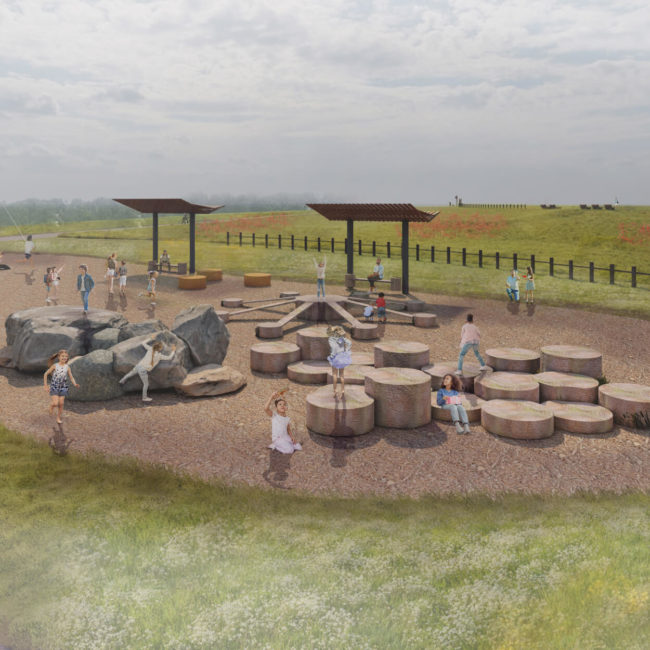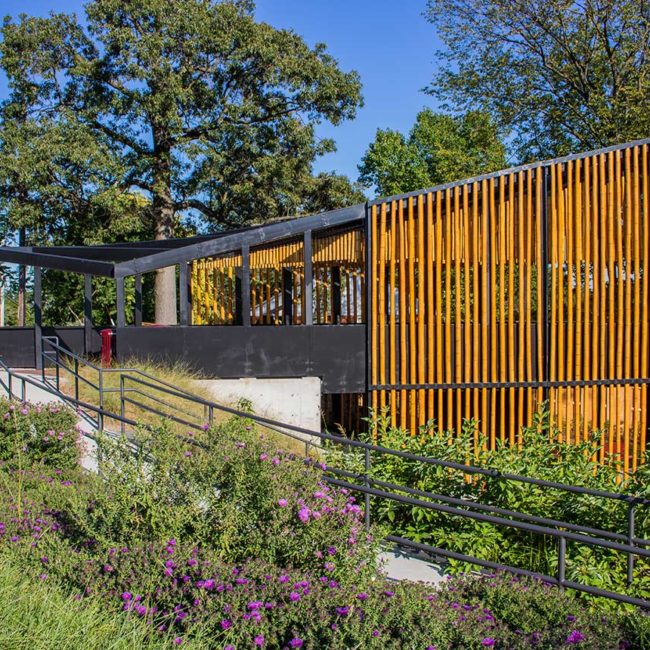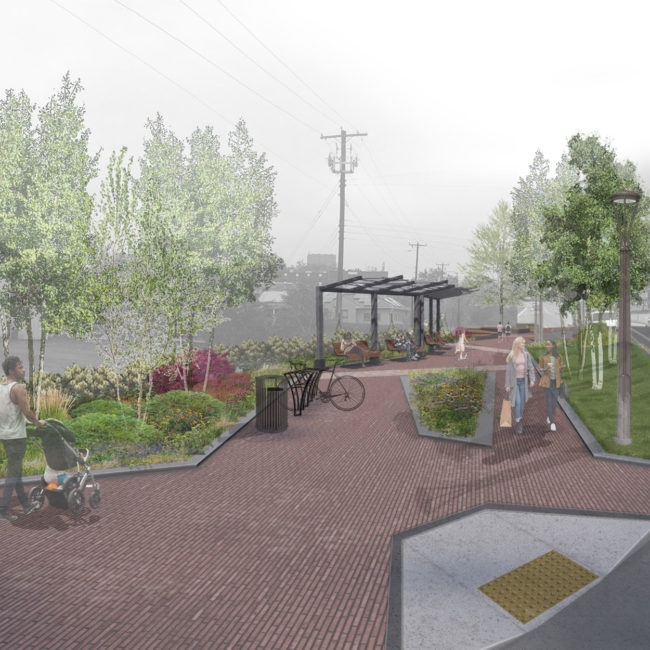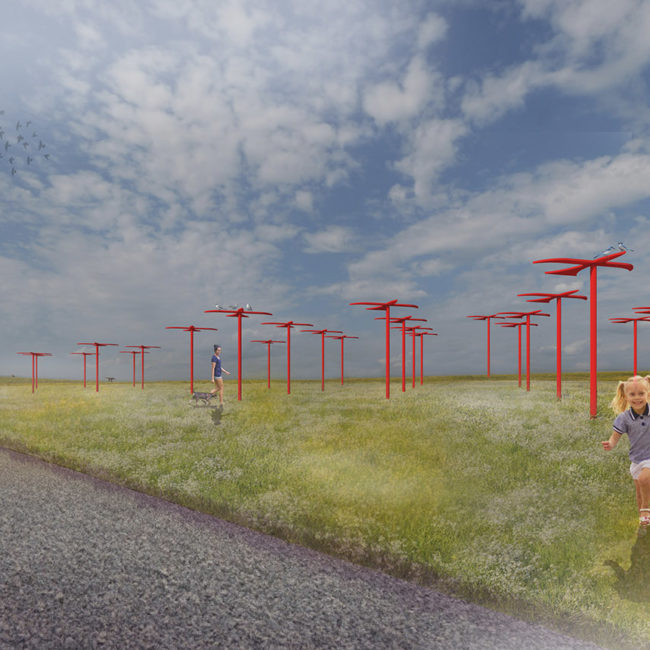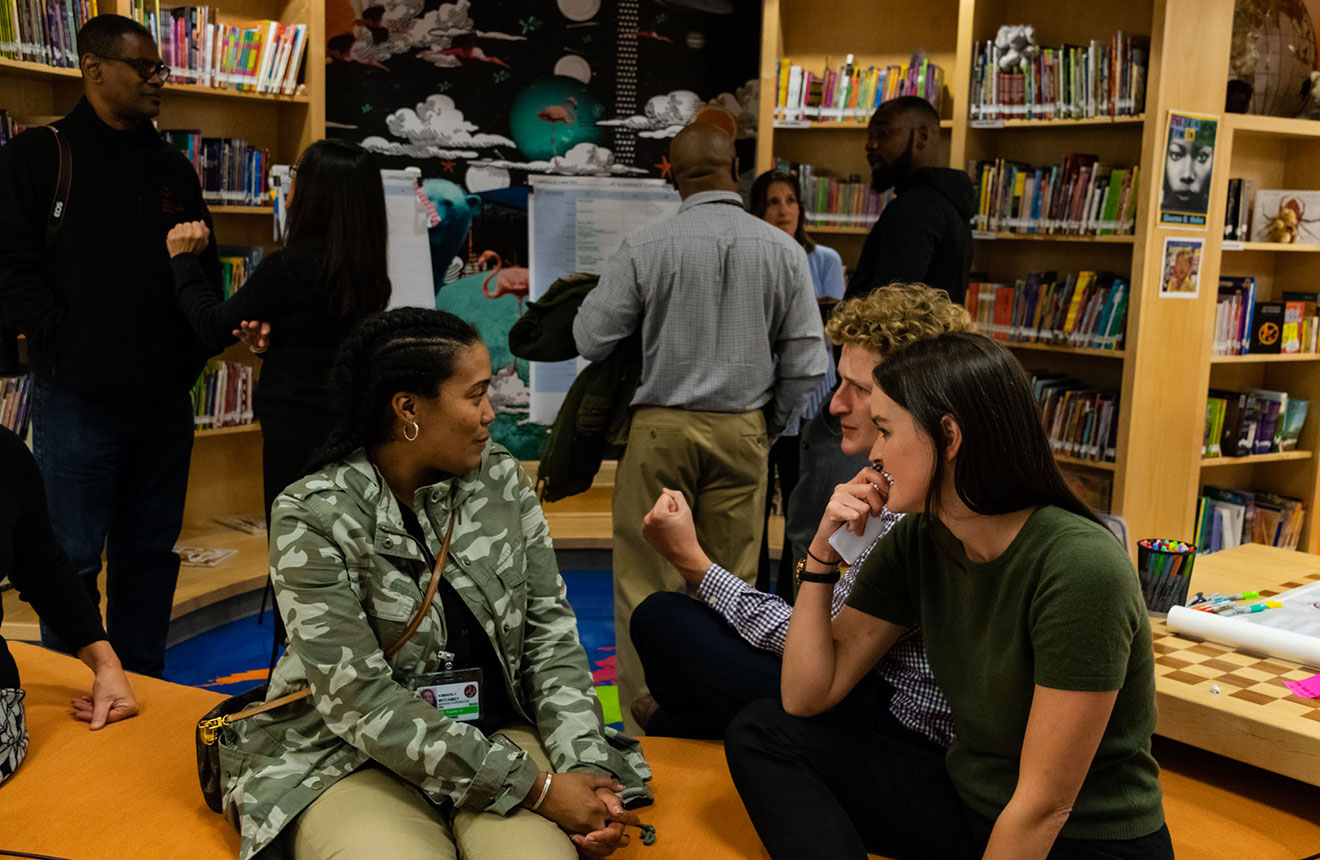
The EcoDistricts Protocol is a framework for community development and collective impact, and is organized by three overarching imperatives of Equity, Resilience, and Climate Protection rooted in an approach to development that emphasizes a Social, Environmental, and Sustainability lens of focus for understanding of context, opportunities, and interconnectedness.
In 2017, Floura Teeter formalized a step in our firm-wide design process simply termed a Sustainability Assessment that guides our designers and landscape architects through a series of categories encouraging an analysis and exploration of each site to gather a baseline understanding of physical conditions and social, environmental, and cultural influences.

Having just achieved recognition as an EcoDistricts Accredited ProfessionalTM, I am struck by the underlying similarities in the two frameworks. While Floura Teeter’s Sustainability Assessment is applied at the project scale, the EcoDistricts Protocol is applicable to a neighborhood or district scale.
Following the Sustainability Assessment checklist, designers identify challenges and opportunities for a site and are able to map out a web of interconnectedness of the site to the community and environment. The Sustainability Assessment is completed with a final step to evaluate landscape performance on a range of metrics to share and celebrate social and ecological benefits that support sustainability.
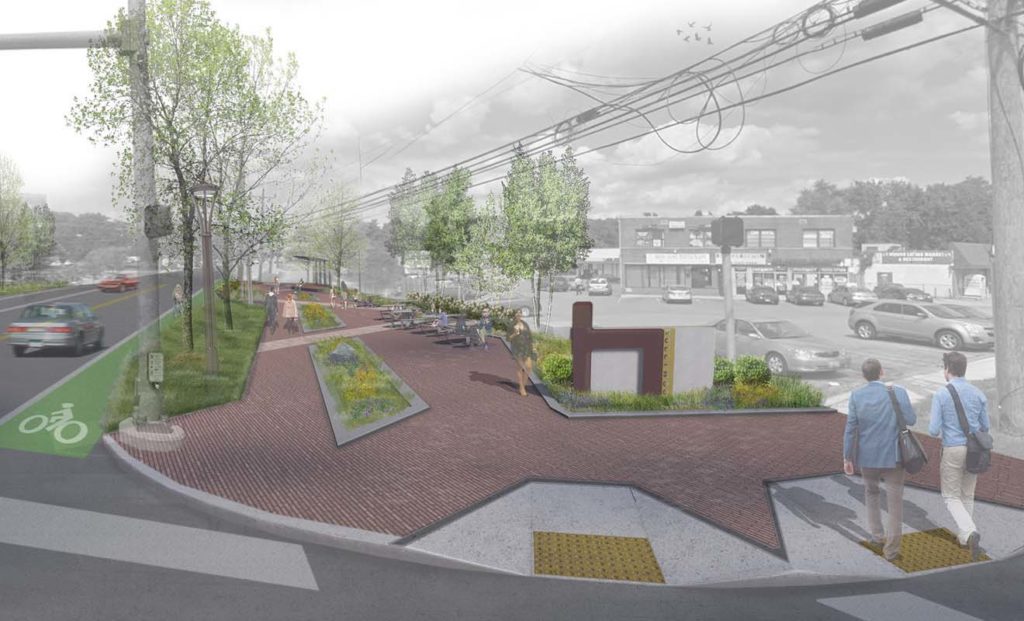
As landscape architects we use a variety of tools to visually reimagine spaces and places; we generate and integrate ideas for new uses and spatial relationships, but we don’t do this alone. The Sustainability Assessment is a starting point for identifying stakeholders and community members that have relationships to the site and ideas of their own. We hope that as we engage with residents, business owners, government, civic and cultural institutions as part of individual projects in the cities we love, we are able to empower them to realize their collective impact for positive change at the neighborhood and district level. To our neighbors and community members, we see your power and are here to help you act for positive change both at a project scale for an individual site or at the neighborhood scale as an EcoDistrict.
